Expert Mold Testing Services
Discover peace of mind and ensure the well-being of your loved ones with our expert mold testing services, now available across Canada, including Montreal and Ottawa. In an environment where mold can silently infiltrate the spaces we consider safest, understanding and addressing the presence of mold is not just a necessity—it’s a responsibility. Our certified mold testing professionals are equipped with advanced diagnostic tools to identify and analyze mold accurately, ensuring that your home remains a safe haven for you and your family.

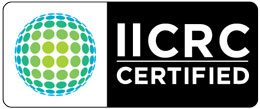
🔎 Request a Call
Why Choose Our Mold Testing Service
When it comes to protecting your property and health, settling for anything less than the best isn’t an option. Our mold testing service stands out for several reasons, making us the go-to experts in Canada, particularly in Montreal and Ottawa.
- Certified Expertise: Our team comprises industry-certified professionals who are not just experts in their field but also passionate about improving indoor air quality. Their comprehensive knowledge and ongoing training mean you’re getting service backed by the latest in mold detection and analysis techniques.
- Professional Equipment: Leveraging advanced technology such as infrared cameras, moisture meters, and air sampling tools, we ensure that our mold testing is both precise and comprehensive. These non-invasive techniques allow us to detect mold hidden behind walls or under floors without the need for disruptive inspections.
- Rapid Response and Thorough Analysis: Understanding the urgency of mold concerns, we’re committed to providing fast service without compromising on thoroughness. From the moment you contact us, we’re on our way to ensuring your environment is safe and mold-free. Our detailed reports provide you with not just the results of the testing but also recommendations for remediation and prevention.
- Customer-Centric Approach: At the heart of our service is a genuine concern for the well-being of our clients. Unlike others who may use scare tactics, we focus on educating and empowering our customers. Our unbiased diagnostics and variety of effective solutions are tailored to your specific needs, ensuring you’re fully informed and comfortable with the next steps.
- Guaranteed Satisfaction: We’re so confident in the quality of our service that we stand behind it with a satisfaction guarantee. Our mission is to improve your quality of life through quality of service, a promise we’ve kept to thousands of clients across Ontario and Quebec.
Understanding Mold: Risks and Prevention
Mold in your home isn’t just an aesthetic issue—it’s a health hazard. Prolonged exposure to mold can lead to a range of health problems, from mild allergic reactions like sneezing and itchy eyes to more serious conditions such as asthma exacerbation and respiratory infections. The key to protecting your health is not just removing mold, but understanding its causes and how to prevent its growth.
Causes of Mold Growth:
- Moisture: The primary culprit behind mold growth. Whether it’s from leaky pipes, flooding, or high humidity, mold thrives in damp environments
- Lack of Ventilation: Poorly ventilated spaces trap moisture, creating the perfect breeding ground for mold
- Organic Material: Mold needs food to grow, and it finds plenty in homes, feeding on wood, drywall, and other organic materials
Prevention Tips:
- Control Humidity: Keep indoor humidity levels between 30-50% to inhibit mold growth
- Improve Ventilation Ensure adequate ventilation in high-moisture areas like bathrooms and kitchens. Use exhaust fans to help remove moisture
- Fix Leaks: Regularly inspect your home for leaks and address them promptly to prevent moisture accumulation
- Clean and Dry: Clean and dry any areas affected by water damage within 24-48 hours to prevent mold spores from taking hold
Understanding the risks and taking proactive steps towards prevention can safeguard your home against mold and the health issues it brings.
Concerned About Mold? Get a Free Inspection!
Mold can be a serious health risk, often hidden in your home. Don’t wait until it’s too late! Contact Mold Busters for a free virtual mold inspection. Our certified experts will provide a thorough assessment and help you create a plan to keep your home safe and healthy. Protect your home and health now!
Book Your Free Virtual Inspection NowClient Testimonials

Charlotte, Ottawa
After discovering mold in our attic, we were overwhelmed with worry about our family’s health and our home’s value. The team at Mold Busters conducted a thorough inspection, explaining their process every step of the way. Their professionalism and expertise were evident. Following their recommendations, we were able to address the problem effectively. We’re now confident our home is safe, thanks to their exceptional service.

Logan, Montreal
When I noticed a musty smell in my apartment, I didn’t know where to turn. I contacted [Company Name], and they responded quickly. Their detailed testing process and clear report made it easy to understand the issue and how to fix it. I appreciated their honest and supportive approach—no scare tactics, just solutions. I highly recommend their services to anyone dealing with mold concerns!
10% OFF
Schedule services online and save!
Available for home owners, landlords, businesses & property managers. If you are a tenant, please call to schedule your appointment.
YOUR PROMO CODE
MARCH10
Valid until March 31st, 2023
Why Test Your Home for Mold?
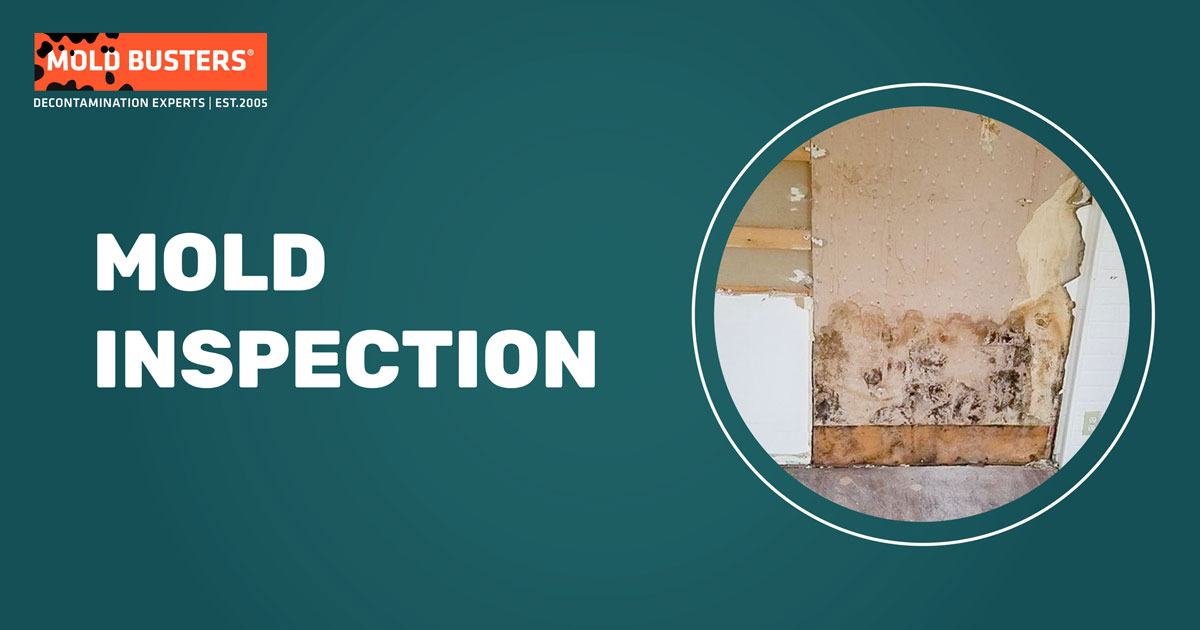
Professional mold testing has several purposes. One of the most common reasons people decide to get a mold test is persistent odors and visible discoloration on walls and other surfaces. Others experience sudden symptoms such as coughing, sneezing, and headaches.
There are many different kinds of mold–black, white, orange, pink, green, etc. It’s extremely difficult to identify just by looking at it. The best way to find out if you have a mold problem is to get a professional mold test.
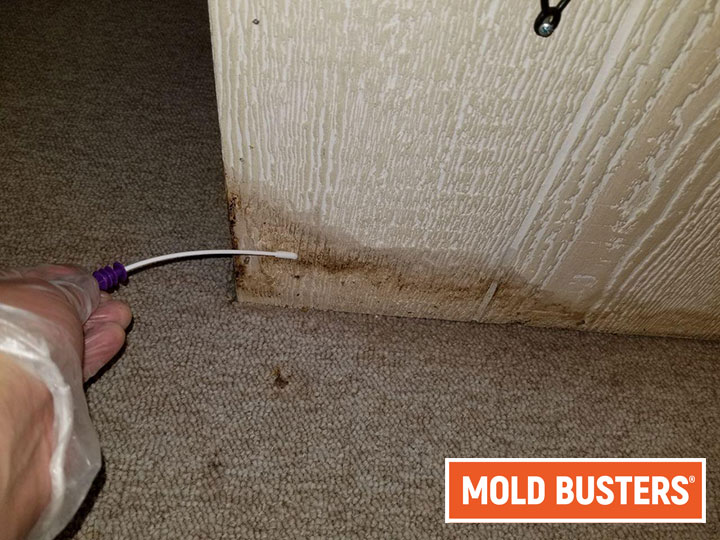
Getting your home tested for mold will give you important information about the health of your indoor environment. You’ll be able to:
- Assess fungal ecology
- Confirm the presence of mold
- Identify the types of mold present (including black mold)
- Locate the source(s) of moisture
- Evaluate the extent of the contamination
- Assess health risks
- Plan a mold remediation
- Provide evidence for insurance claims/litigation
- Pass clearance testing (to verify job completion)
I already know I have mold. I don’t need a mold test.
Even if you’re sure that you have a mold problem, a mold test will help guide your mold remediation strategy. If you’re hiring a professional mold removal company to do the work, the technicians will use the test results to plan the scope of work and determine appropriate protective measures.
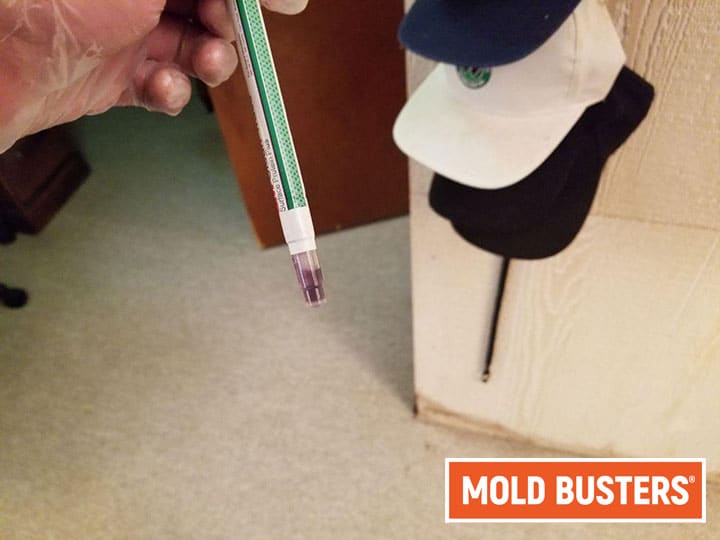
Mold testing can also come in handy when you’re buying a home and want to ensure no hidden mold problems. Standard home inspections typically do not include any testing or analysis for mold. Furthermore, home inspectors are not required to have any mold training or certification. They can easily overlook subtle signs of mold that a certified mold inspector will easily catch.
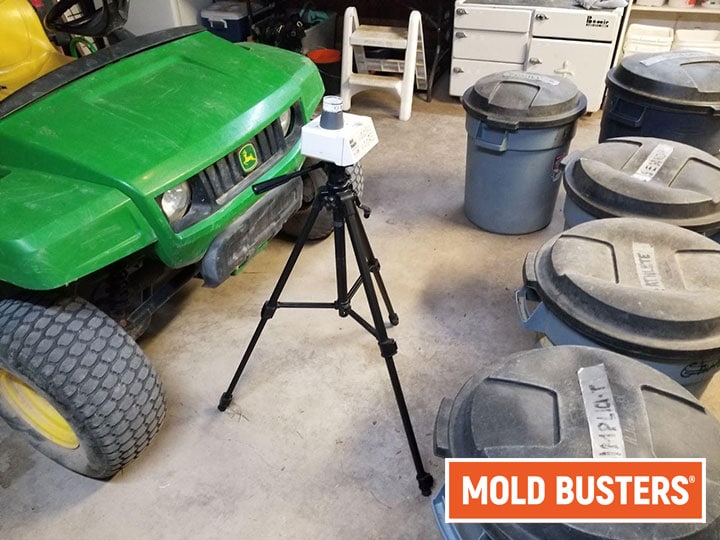
With an air test for mold, you’ll also find out exactly what type of mold is growing in your home and how bad the contamination is.
Call Mold Busters now to book your home mold test in Ottawa, Gatineau, or Montreal.
The Environmental Relative Moldiness Index
The Environmental Relative Moldiness Index (ERMI) is an indoor air quality testing method developed by the U.S. Environmental Protection Agency (EPA) together with the U.S.
Read more: ERMI Test
How Does Mold Testing Work?
Mold detection is a broad term that encompasses a physical mold test and the entire process of inspecting for mold. Often this includes a visual inspection of the area or a thermal imaging scan. The mold inspector will look for potential sources of moisture in your homes, such as damaged plumbing and leaking roofs. Basements and crawlspaces are also equally susceptible to moisture buildup and standing water.
During this process, the mold inspector may take a mold test if the situation calls for it. For example:
- If there is an odour present in the room but no visible mold growth
- If the inspector finds a discolored material and wants to confirm it’s mold
- If water damage is uncovered and the indoor air quality needs to be checked
Maintaining healthy indoor air quality
Some homeowners opt to monitor the air quality inside their homes regularly to prevent mold from becoming a major threat. In this case, mold testing is the perfect tool because it’s fast, easy, and gives you an accurate picture of your home’s indoor air quality.
Do mold test kits work?
Unless you are an indoor environmental professional, you should avoid direct contact with mold. Period. DIY mold testing can release potentially toxic mold spores into your air. Not to mention putting yourself at risk of exposure.
In addition, samples collected using at-home mold test kits are often not handled properly, cross-contaminated, and unreliable.
Finally, professional mold services don’t focus just on the testing mold but also on addressing its causes. Your DIY kit may reveal a problem, but it will not tell you the safest and most effective way to get rid of it.
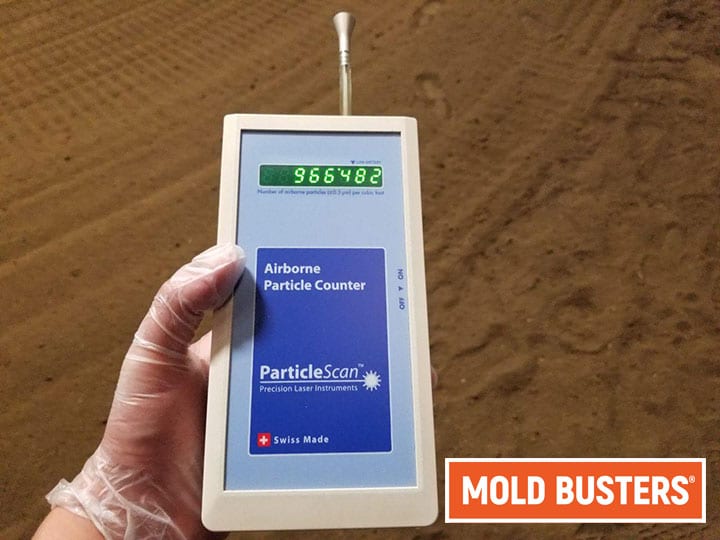
Surface Sampling
The purpose of mold surface sampling is to determine whether or not a suspected surface (visible black spots, water stain, discoloration, etc.) is contaminated with mold—not to assess indoor air quality. Read more: Surface Sampling.
Get Best Customer Service in Mold Testing Industry
We are always innovating and looking for ways to make our services more accessible to you. We have our En-Route System for real-time tracking your inspector’s arrival time. This means you get answers within hours of your appointment. We also have dedicated Customer Solutions Providers working on your reports and mold tests results.
Our Services
Our most popular services include:
🔎 Request a Free Consultation
FAQ
There are many ways to test for mold. The methodology will depend on the required information, the state of the environment or material of concern, and the requested turnaround time for results.
Here is a summary of the most common ways to test for mold:
- Air testing (viable & non-viable sampling)
- Surface testing (tape lifts & swabs)
- Bulk testing (physical material sampling)
- Diagnostic testing (instant protein analysis, VOCs)
- Visual observations (from a trained inspector)
There are pros and cons for each of the testing methods. If you want to know what species of mold may be growing on your wall, a cultured swab or tape lift test may be your best bet. If you want to know whether that odor in your basement is related to a hidden mold issue, perhaps air testing will be the way to go. Each case should be individually assessed.
It is always recommended to hire a trained indoor environmental professional to help you decide on the right mold test for your situation and ensure accuracy in the sampling process.
Mold testing is often necessary when there are no visible signs of mold growth or to validate that an area has been successfully decontaminated.
Other circumstances that make mold testing necessary are court cases where third-party proof is required to support one’s argument or when a physician may suspect mold in the home or office as the culprit behind an illness.
As various types of mold tests can be performed, each to be complete will vary. Typically, testing for mold in a residential home can take as little as 5 minutes or be as extensive as 1-2 hours. Depending on the type of test conducted, turnaround times will also vary. Some mold tests are relatively instantaneous; some can have laboratory analyses completed within a few hours. Others may take a few weeks due to incubation periods (i.e., viable mold testing).
Mold testing can be exceptionally accurate under the right conditions. These conditions include:
- The experience of the indoor environmental professional
- The state of the sampling medium & calibration of the sampling equipment
- The type of test being performed (i.e., surface vs. air)
- The type of analytical data being requested
- The state of the indoor environment at the time of the assessment (i.e., active construction dust or moisture issues may affect the results).
Costs for mold testing can vary and are often determined on a case-by-case basis, depending on the client’s needs. Here are some examples of variables that can affect mold testing costs:
- The type of mold test being performed
- The number of samples being collected at the time of the assessment
- The requested turnaround time for laboratory results (rush fees charged by the laboratory can greatly inflate the price)
- Other fees associated with the company or indoor environmental consultant’s time, travel, or administrative fees
Typically, mold testing costs can start as low as $50 to $100 per sample.
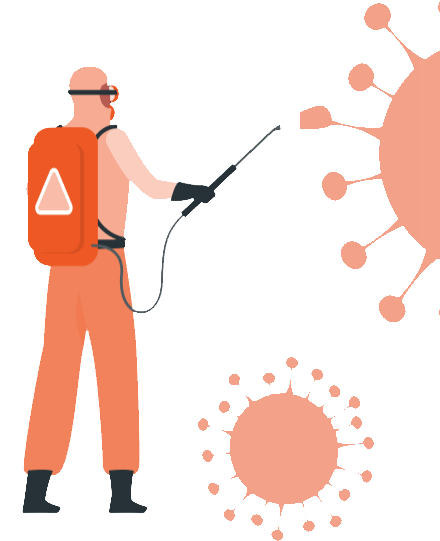
Mold Testing Services Near You in Ottawa
- Brockville
- Belleville
- Carleton Place
- Cornwall
- Hawkesbury
- Kanata
- Kemptville
- Kingston
- Nepean
- Orleans
- Ottawa
- Perth
- Smiths Falls
Mold Testing Services Near You in Montreal
Contact Us Today
Choosing our mold testing service means not just addressing the mold you can see but uncovering what’s hidden, ensuring the health and safety of your environment. Let us bring you the peace of mind that comes with knowing your home is protected against the unseen threats of mold. Contact us today to schedule your appointment and take the first step towards a healthier home: